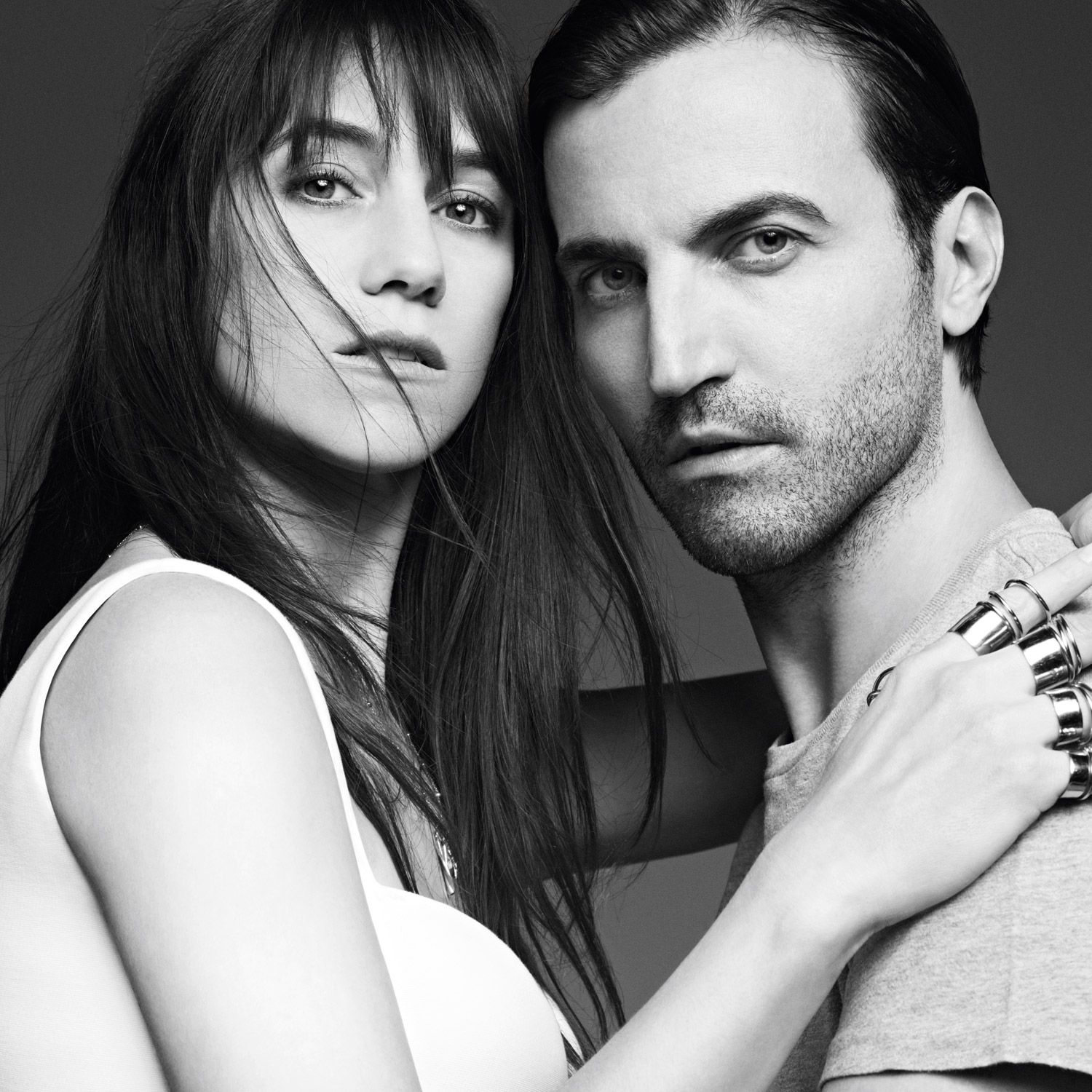TARYN SIMON
|CHRISTOPHER BOLLEN
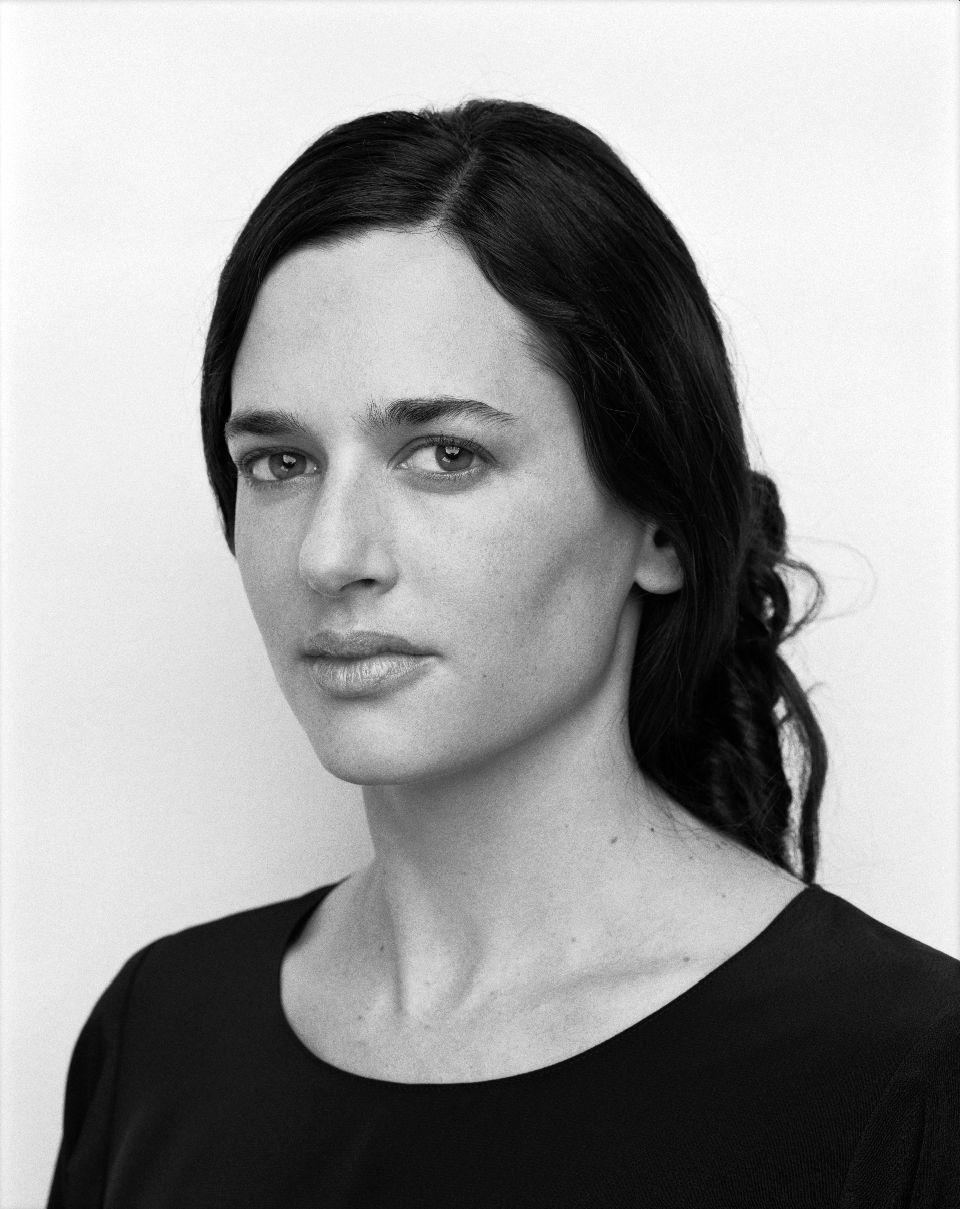
A warhead exploding during weapons testing in Colorado. A pile of animal and vegetable contraband festering at U.S. customs and border control, JFK. Disinfected medical waste awaiting transfer at a treatment center in Sun Valley, California. For five years, photographer TARYN SIMON has been gathering some of the United State’s darkest, most carefully preserved secrets. The 32-year-old has trekked her 4×5 camera everywhere from CIA Headquarters to the Playboy Enterprises to capture a total of 62 photographs that make up the project, “An American Index of the Hidden and Unfamiliar.” The result is an odyssey of rooms and zones and test areas that most United States citizens will never be authorized to enter. There is the uneasy sensation when viewing “An American Index” that what you are seeing is somehow dangerous, that it was hidden from sight for a reason, and that you are defying the men upstairs by taking in every fluorescent bulb or scrubbed corridor or expressionless face. Simon’s lucid, seductive shots bring strange, subversive realities to the surface and they also demystify sites that have existed in our popular imagination as fantasy places bordering on Oz – so this is the Microsoft Headquarters? That little cinder-blocked room is the US Department of Treasury? Turns out, uneasiness and discomfort are common emotions when standing in front of Simon’s work. Earlier in the decade, the photographer unleashed a project called “The Innocents,” which documented 44 men and one woman who had been wrongfully convicted of a crime (in more cases than not, it was the victim’s misidentification of the culprit from a photograph that linked the accused to the crime; DNA evidence later proved their innocence). Frequently, she shot her exonerated subjects at the scene of their alleged crimes, almost as if to redress with her own camera the offense photography had dealt these people the first time.
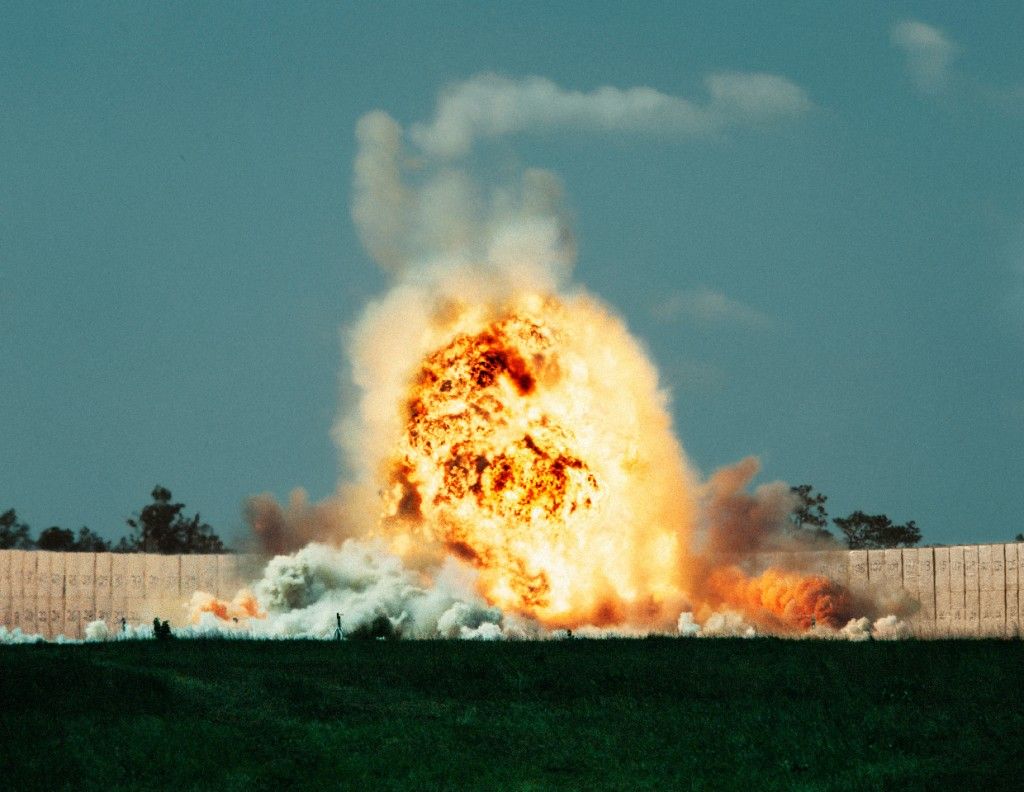
Of course, at the end of the day, it is the definition of photography itself that Simon is tampering with. So long seen as the source of objective documentation and so recently proven in politics and the media to be a conveniently flexible material for any side’s use, photography as reliable witness is precisely what Simon seems to continually mine and question. It is easy to think of her work as bordering on journalism (she, indeed, shoots regularly for the New York Times). In fact, her continual use of captions (in “An American Index,” a substantial historical entry accompanies each photograph) sets her apart from most contemporary artists who believe an image must be able to stand on its own without supplementary text. But Simon is not promising us objective facts. She’s quick to point out her own handwork in each of these secret cells boiling below the crust of everyday life. She’s an artist, after all – albeit a very difficult artist to categorize in the current commercial art scene. While she has received extensive media coverage in Germany for her “An American Index“ exhibition this winter at the Museum für Moderne Kunst in Frankfurt, Stateside she is treated by art magazines and newspapers with an unnerving ambivalence, as if the New York critics aren’t sure where to place these photographs within the framework of their Demands, Tillmans, and Goldins. There is something revealing about the fact that an artistic series on American secrets gets the least critical reading in the United States. Her recent collaboration with filmmaker Brian De Palma on his war drama Redacted further confuses things. Simon simply won’t stick to producing tidy visual shots aimed solely for the gallery walls. Ultimately, what we get from “An American Index” is not The Truth, but a series of details that offer a set of truths upon which to begin. To understand, we at least must first be able to see. It is no coincidence that Simon attempts to unearth American secrets – governmental, corporate, scientific, cinematic – just as the current administration is so eager to collect personal data on its own citizens and militant information on groups throughout the world. She couldn’t have chosen a harder time to gain access – or a more relevant one.
Theorist Hannah Arendt wrote, “The world and the people who inhabit it are not the same. The world lies between people.” It is this in-between place that needs illumination in order to forge the public realm that connects us. Simon’s index brings such illumination to the darkest areas of that in-between land. Because otherwise we resort to fantasy. It’s fun to imagine living in Oz, but eventually one needs to go home again.
CHRISTOPHER BOLLEN: Access is a big part of your work. How did “An American Index” gain momentum?
TARYN SIMON: My approach is project-based and always involves research before photography. After completing “The Innocents,” I looked at past work and there was one photograph I had taken at the Palace of the Revolution in Cuba, which is inaccessible to the public.
How did you even get to Cuba? We Americans aren’t allowed to go.
I went on an artist exchange back in the days when those were still active. The photograph was an abstract ethereal landscape, and I was really attached to it aesthetically. That aesthetic was amplified by the fact that it’s a space the public can’t see; it is largely unphotographed. In this day and age, it’s impossible to find anything that isn’t photographed or at least has some sort of popular, distributed visual anchor. I constructed the conceptual framework of “An American Index” around that photograph. Initially I considered locating sites in many countries. After September 11th and America’s consequential efforts to unearth secrets beyond its borders, the most obvious being weapons of mass destruction, I decided to look inward and try to unearth the unseen inside American borders. I produced this work over the past four years, which in my lifetime, represent a critical period in American history and one in which America’s identity seems to be shifting.
Of course, the government’s obsession with foreign secrets happens to coincide with the moment it’s most guarded about its own. You picked a tough time to gain entry to these places.
I had to get approval from the Department of Homeland Security and the Army. That was an overarching permission. But there were areas that would not participate whatsoever, most notably the White House. All my requests were denied.
You wanted the actual rooms of the White House?
I asked to go to Camp David. They said no. I asked for a storage facility where they keep past presidents’ furniture. New presidents can select elements of the past from that collection to include in their version of the White House. It seemed pretty innocuous and non-threatening. But the White House gave a blanket “no” to me. That said, I got into several government sites including Plum Island and a nuclear waste storage facility. I wasn’t blackballed. In many instances, “the government” was accommodating.
How did you even know about some of the sites? Who could possibly guess that there is a forensic facility in Tennessee where corpses are allowed to decompose on six acres of land?
The project is very much indebted to the Internet. I can’t imagine ever being able to access these sites, let alone discover them, without it. I had a wish list at the start of sites and subjects I was interested in generally. Categories ran the gamut from agriculture or animal disease to Hollywood to the CIA. My ideas would evolve and mutate through research. But I was always looking for something with a complicated twist, a quaking presence. It was never the obvious inaccessible site – Fort Knox, Area 51. That was too easy and banal. I was looking for an awkward discomfort, something disorienting in the location.
You’re really standing in this funny gray area, where on one hand you’re an artist looking for a certain aesthetic but on the other hand you have a mission with a journalistic bent – to expose a fact that’s gone undocumented. I’m curious which sensibility won out on informing your choices.
The general ideas were certainly political. Beneath those, their execution and final form rested solely upon aesthetic concerns and an artistic effort. But the two are both deeply alive in my work. I’m always aiming to seduce, but I can’t distinguish that from the conceptual background of what the image is. One informs and assists the other.
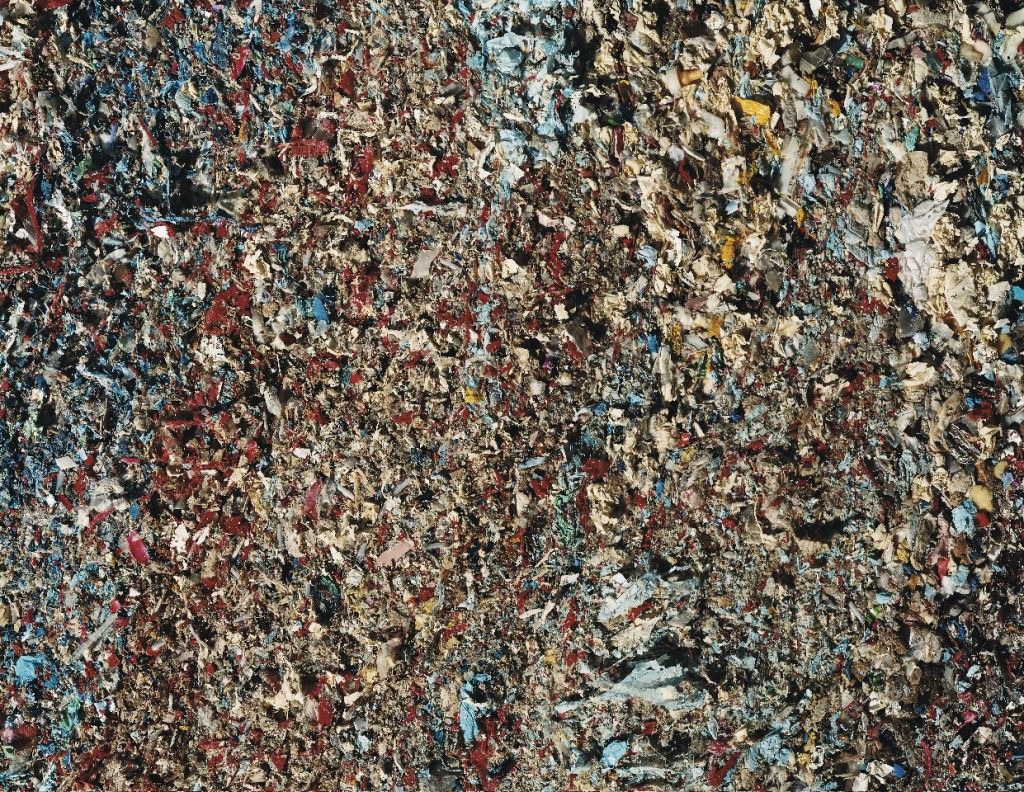
Did you ever get to a site and say, yes, journalistically this is a coup, but aesthetically there’s nothing here for me to take a picture of?
I went to the Center for Disease Control in Atlanta, which was so difficult to get into, and there was nothing I felt compelled to photograph. I spent a lot of money and time getting there, but there was no seduction. I failed and left. If both needs of the photograph aren’t alive – the conceptual and the visual, it won’t work. Looking back at the final series, there are shots where one part is more alive than the other, and those are failures to a certain extent.
You’re going in relatively blind to these zones, so you can’t really prepare in advance for what you’re dealing with. That gives a reportage element to the process.
Oftentimes they won’t tell me anything in advance. And that’s really in conflict with the way I photograph. I use a large format camera and quite an elaborate lighting set-up. There’s a friction between that approach and the strict margins I often faced, with government officials saying you only have two hours or you can’t look in this direction, only in that direction, or putting on a gas suit – any number of constraints. That said, in all of the photographs, there are a number of personal interventions. I hope those are noticeable. I’m not just shooting what is there. I’m adjusting lights. I’m moving things around. I’m re-creating reality, the geometry, the color palette at the site to make it work within my frame. Take, for example, the JFK airport contraband room with all of the agricultural seizures on the table. I spent hours in there organizing that food to get the color right and the lines in the right place. I very much wanted it to emulate earlier still-life paintings.
You actually touched the pig’s head?
Yeah. I was in there with this rancid smell in a suit and gloves basically set designing. That’s a big part of the project.
Every photograph from any outlet has been edited, cropped, arranged. But do you think your interventions take away some of the truthfulness from the place?
There is no truth in photography. One can’t reproduce an absolute truth. That said, I don’t see these as being any less truthful than any other photographs. I’m designing a seductive frame to attract an audience to a subject they would otherwise ignore. And that’s what I do in all of my photography – give a stage to things that wouldn’t normally receive that stage.
Is there a danger in that methodology? You shot four Ku Klux Klan members in their Imperial Office in Maryland. There might be an ethical tear in making them look more seductive, or more menacing or even more sympathetic.
I get your point. But it’s important to confront that which you condemn. When I talk about seduction, I mean that it brings a viewer closer and demands attention. I don’t create rock stars. Whenever there are people in my photographs, there is basically no expression. I don’t give any direction. There is a collaboration as they are looking directly into the lens. But, I like to create a very evident distance between myself and the subject built into the photograph. I never pretend to understand or know what’s before me. It’s reserved or some might say cold.
Well, you’re obviously a political person. Even without meaning to, don’t your politics and opinions subconsciously influence the way you shoot what you’re looking at?
It certainly informs my subject selections. It doesn’t exist in any pure vacuum. But, when approaching any subject, I honestly try to be respectful. Photography that attempts to illustrate an opinion through manipulating or marking its subject rarely succeeds.
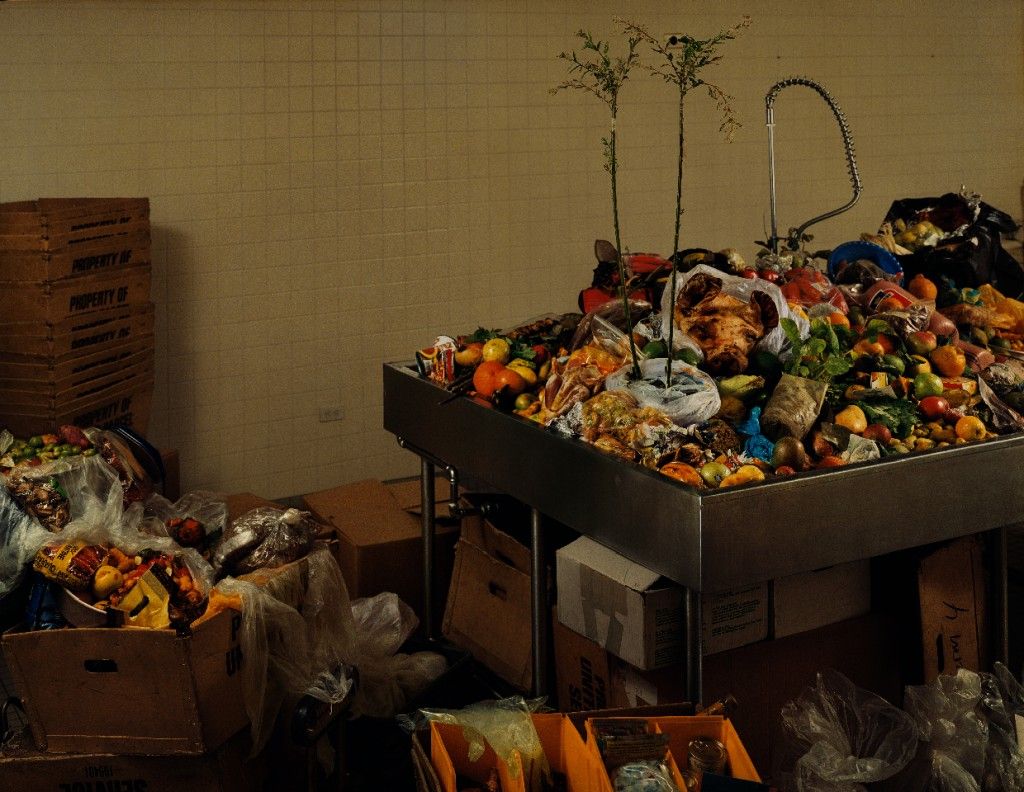
You put yourself in risky positions as a photographer. You’re literally shooting a sleeping bear. Even with “The Innocents,” the subjects weren’t guilty of the crime they were convicted of. Nevertheless, these men spent years in jail, and you’re hiking out to the woods at night to take their portrait.
I think there’s a dangerous element in some of the new work. I’m actually quite a fearful person so it’s very much founded in confronting my limitations so they won’t consume me. But I didn’t feel unsafe in “The Innocents.” There were sites in “American Index” that had a very clear threat; the nuclear waste facility – I was in a gas suit and I don’t understand or know what was radiating throughout the room. Or with the KKK, whether it be warranted or not, I did have some fear of the situation. I actually screwed up that photograph the first time I went to shoot it. I went to a trailer park in Alabama, knocked on the door and a man came out in full cover, hat, and robe. This was after I had to call him several times from different locations before he would tell me his location. I was uncomfortable, rushed myself and look a terrible picture. It took a long time flying and driving to get to them. But I couldn’t conquer my own fears. I had to go back and do it all over again.
Was there a single picture where it proved surprisingly easy to gain access?
Every instance involved going through the person who answered the phone or email, then the next person, then the next, and often being denied and having to start all over again. I can’t remember a case that was welcoming at the onset. I was constantly trying to explain what I was after. It’s difficult to say you are an artist working on developing a book and exhibition on hidden sites in America. People are rarely interested and somewhat fearful of its ambiguous intentions and title. At the start of “American Index” it was far more difficult as I couldn’t list powerful sites that had already participated. Deeper into the project when I had support in some fashion from the Department of Homeland Security and the army, it was far easier to get people on board.
I’m honestly surprised the Department of Homeland Security would give that permission to begin with. I can’t imagine it’s a covert nest of closet art enthusiasts.
Another hidden I stumbled upon – those rarities. I wasn’t given a blanket approval for everything. It’s a huge department. But I had support; relationships with personnel that would tell others I was ok.
Do you feel all governmental sites should be photographed and let loose into the world? Should there be areas and subjects better served to keep secret?
I think secrets are acceptable and important and often need to exist but only if the right people are holding them, which will never be. So you need to seek transparency, and that will ultimately lead to proper checks and balances. Ideally, I think things would be more effective and efficient if not everything was public. But I can’t imagine the persons I would trust monitoring that position. This series is about an individual effort to find visibility and to meet boundaries.
The great myth of the government is that, if you don’t have a picture in your head of how it runs, it remains as mammoth and as mesmeric as the Great Oz. But when you do have a photograph, you pin it down to a little room with four walls – basically an old man peddling a bicycle and shouting into a microphone.
That’s the part that is dream crushing. Discovering the innards of power structures that you’re relying on; seeing all the cracks and mold initiates a cheerless revelation. Many government appeared as though they hadn’t evolved since the Cold War era. You see the vulnerability in these systems you imagined in their finest form; a form beyond your imaginations. It’s frightening. I don’t know if there is a value in always seeing it. There is a quote at the end of the book that is easy to miss. It’s from Disney. It says it all. They denied me access to their underground facility as they didn’t want to reveal what is behind the fantasy. “Especially during these violent times, I personally believe that the magical spell cast on guests who visit our theme parks is particularly important to protect and helps to provide them with an important fantasy they can escape to.”
It couldn’t have been written better. It could have also come from the US government about its citizens.
Exactly.
So many artists refrain from captions or titles, with the idea that it pins down the image, that it doesn’t allow the image its own life outside of the artist. How much do you rely on the captions you’ve partnered with each photograph?
I think the work is stronger in the context the text provides. I can’t separate what it is from what it looks like. That is the way I approach things and see things. It stems from “The Innocents,” in which I photographed men whose suffering was the product of misidentification through a victim’s response to a photograph. These were instances where a photo was taken out of its context and became extremely dangerous, potentially leading to someone’s death. That stuck with me. I think there is a certain effort to control an image’s ambiguity that I have applied to my photography. But the more I try to control it through textual elements, the more ambiguous and abstract I’ve allowed the photograph to become. Text is a form that accurately allows one of my intentions in the work. They are encyclopedic – authored by several sources, editors, and sites – arriving at some factually correct, terse, unauthored anchor. And, in its exhibited form I’m interested in the performance that takes place while viewing the work – both text and image. You come to the photograph as an aesthetic object with no context. Some of them are very abstract and unidentifiable. Then you step in and read the text and then out again to revisit the image in a completely different way. I’m interested in that space between text and image. The piece becomes the negative space between the two.
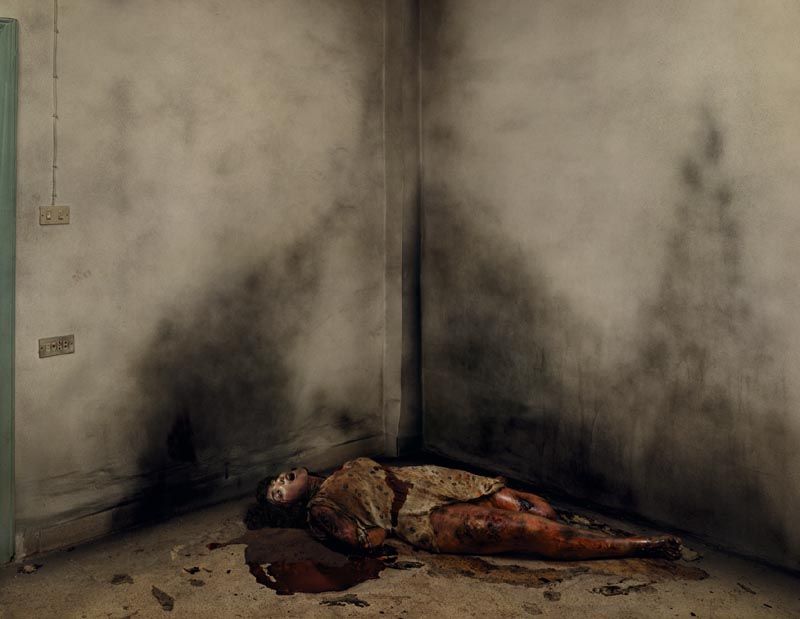
In the use of captions, your photographs offer a narrative. In that way, they almost approach film. You shot the final image that closes Brian De Palma’s latest film, Redacted, about the horrors of the war in Iraq. Your image is of an Iraqi woman raped, murdered, and burned by US forces. Do you see working in film as a logical direction for your work?
Yes. I’ve done some film work in the past and continue to use it. Film also informs much of my photographic approach. It is the most distributed, appreciated, and popular art form. To use the tools that generate that popularity and broad appeal and apply them to something not typically pictured with that production value is interesting. In the De Palma film, he was making a raw, rough narrative film in the visual style of real documentation. He comments on the media’s involvement in Iraq. To use my staged photograph at the very end, following a montage of real photographs from Iraq confronts the conflict between reality and fiction in war and in photography. He thought it was an appropriate punctuation.
Have you ever wanted to be a photojournalist?
I don’t even know exactly what “photojournalism” is. There is a constant demand to define genres within photography and other disciplines – to categorize and place in an easily understood envelope. It’s a hangover from past generations and doesn’t reflect current approaches which are interdisciplinary. My work exists somewhere in the middle of many genres and ideas.
Okay, final question. How the hell did you shoot a hibernating bear in its cave?
I went with a group of scientists who were monitoring the black bear population in West Virginia. They knew where the caves were and had experience with the bears. It was snowing heavily that day. We went on a huge hike up a mountain, and we all carried a piece of the equipment. It was difficult. At the first bear cave we went to, the bear actually woke up and ran out. So we had to hike to another one. They had tranquilizer guns just in case.
Credits
- Interview: CHRISTOPHER BOLLEN
